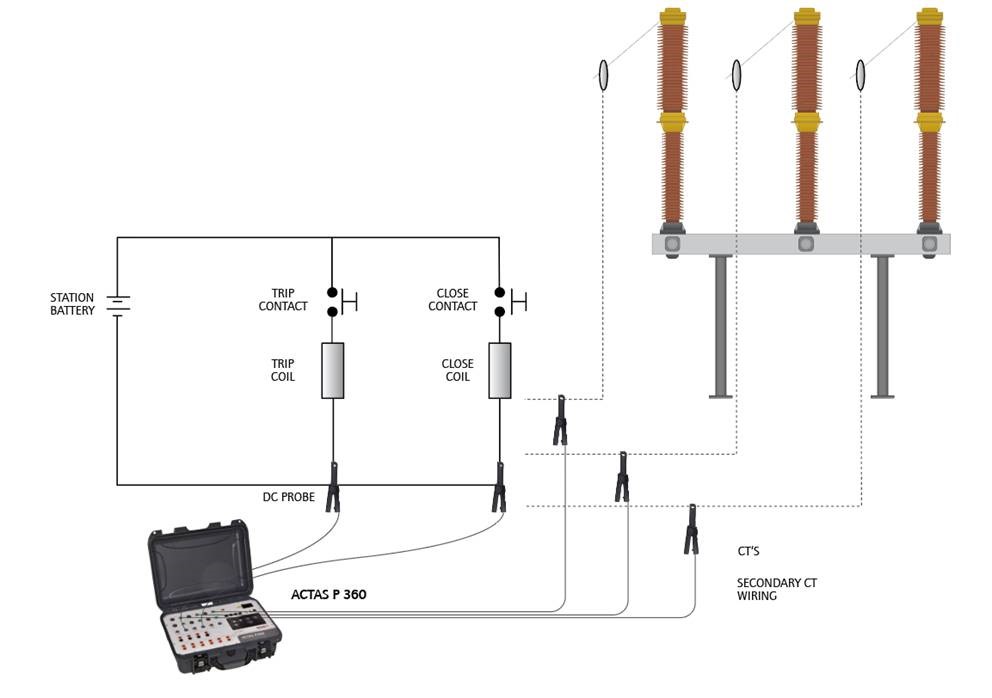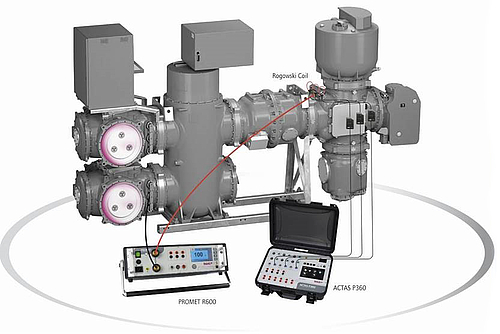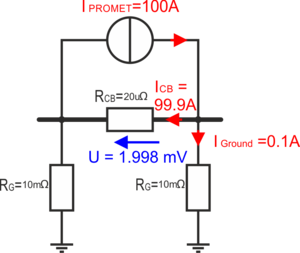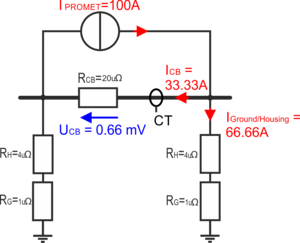First Trip
30. November 2020, - Circuit breaker testing
What advantage do FIRST TRIP measurements offer?
As an online test, using the first-trip measurement method with ACTAS has some advantages over offline testing. From an economic point of view, the amount of time that can be saved is particularly relevant, as the disconnection and isolation of the breaker from other equipment is completely eliminated. In addition, there are also savings with regard to maintenance costs and resources if no defects are detected during the online measurement as this may make it unnecessary to carry out a test in offline mode.
- No need to disconnect the circuit breaker
- No need to disconnect control circuits
- Savings in measurement time and resources
- Breaker sticking/delay can be detected during the first switching operation
- It may be possible to do without a complex offline test
- Tests are possible under real conditions
- No long downtimes for the components to be tested
Using ACTAS, first trip measurements can be performed on three phases. For connection to secondary current transformers, up to nine external analog sensors, such as non-contact DC or AC clamps, can be connected to the test system simultaneously and recorded. Up to three direct voltage measurement channels are available for voltage transformers. The measuring equipment and sensors are mounted while the breaker is in operation. Usually AC/DC current clamps are used which are mounted on the secondary side of the current transformers and on the operating coils. The operating times can be evaluated via the signals recorded accordingly and the characteristic of the coil current can give an indication of the status of the components of the switchgear.
Is it possible to perform FIRST TRIP measurements with ACTAS Px60?
As a component part of the power supply system, a circuit breaker functions primarily as a pure conductor within the network and the only requirement it initially has to fulfil is that its transfer resistance be as low as possible. And this situation often persists for years at a time. As long as no fault occurs, there is no need for the circuit breaker to operate. This is very much in the interests of the network operator, but it poses a considerable challenge to the technology of the breaker because as soon as a fault occurs, the breaker has to interrupt a high fault current within a few milliseconds in accordance with its specifications. This is not always achieved, one of the reasons for this often being inadequate maintenance, and it can be that during the course of the first switching operation the circuit breaker does not open within the time specified by the manufacturer.
One of the causes for this is friction which is created by deposits such as hardened grease or by environmental influences. The problem is usually solved by the first switching operation, as this loosens indurations and deposits. If this is not the case and the problem persists over a number of switching operations, it can lead to serious damage to the breaker itself and to the power network too, of course.
This makes it all the more important to service and test switchgear in accordance with the specified cycles. By measuring the operating times, conclusions can be drawn as to the state of the contact system, and the first trip is, of course, particularly significant. With conventional (offline) measuring methods, however, the breaker is disconnected and earthed before the test and this requires that an initial switching operation be carried out before the measuring equipment is connected.
This makes it impossible to draw conclusions about the behaviour of the breaker during the first trip. This is just one of the reasons why the demand for testing circuitbreakers “online“, i.e. without disconnecting them beforehand, is increasing worldwide. Another reason is that operating and maintenance budgets are constantly shrinking.
In addition, the demands placed on modern testing technology are increasing, using it flexibly and in a way that saves time is a must nowadays. KoCoS Messtechnik AG meets these requirements with its ACTAS Px60 switchgear test systems.

This makes it impossible to draw conclusions about the behaviour of the breaker during the first trip. This is just one of the reasons why the demand for testing circuitbreakers “online“, i.e. without disconnecting them beforehand, is increasing worldwide. Another reason is that operating and maintenance budgets are constantly shrinking.
In addition, the demands placed on modern testing technology are increasing, using it flexibly and in a way that saves time is a must nowadays. KoCoS Messtechnik AG meets these requirements with its ACTAS Px60 switchgear test systems.


